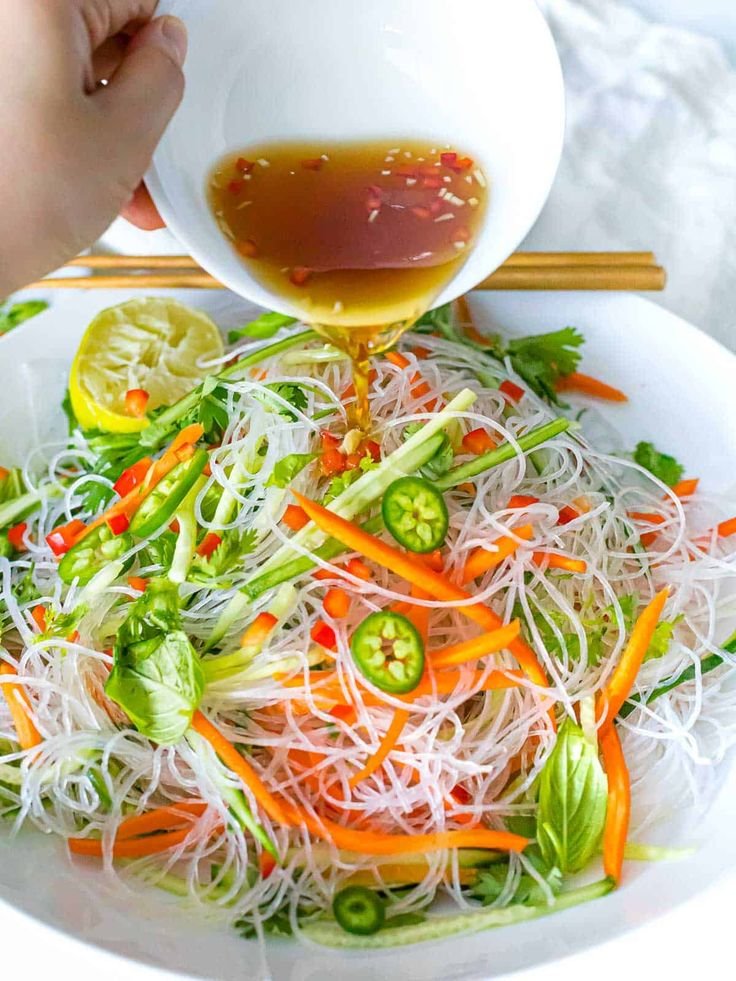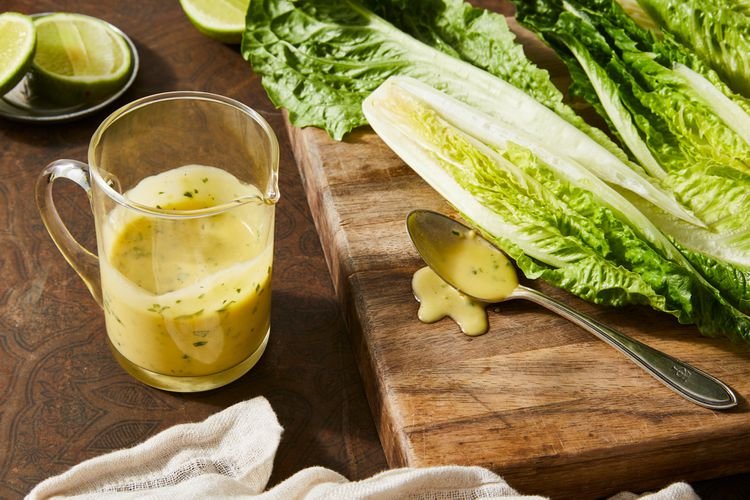Beyond Nước Chấm
Vietnamese cuisine is a symphony of flavors, a delicate balance of sweet, sour, salty, spicy, and umami. And while dishes like phở and bánh mì often take center stage, it’s the humble dressings that truly elevate Vietnamese cuisine to an art form.
Beyond the ubiquitous nước chấm, a world of diverse and flavorful dressings awaits, each with its own unique character and culinary purpose. This article delves into the fascinating world of Vietnamese dressings, exploring their history, regional variations, key ingredients, and the culinary magic they bring to Vietnamese dishes.
A Culinary Heritage: The Roots of Vietnamese Dressings
Vietnamese dressings have a long and rich history, shaped by the country’s agricultural abundance, cultural influences, and culinary ingenuity.
- Ancient Influences: The foundation of Vietnamese dressings can be traced back to ancient times, when simple concoctions of lime juice, fish sauce, and herbs were used to enhance the flavors of fresh ingredients.
- Regional Diversity: Vietnam’s diverse geography and regional culinary traditions have given rise to a wide array of dressings, each reflecting the unique flavors and ingredients of its locality.
- Culinary Fusion: Over centuries, Vietnamese cuisine has been influenced by neighboring countries and colonial powers, resulting in a fascinating fusion of flavors and culinary techniques that have enriched the country’s dressing repertoire.
Table 1: Historical Influences on Vietnamese Dressings
| Period | Key Influences |
|---|---|
| Ancient Times | Indigenous ingredients and culinary practices, focus on fresh herbs and spices. |
| Chinese Influence (111 BC – 938 AD) | Introduction of soy sauce, ginger, and other ingredients. |
| French Colonial Period (1887-1954) | Incorporation of Western ingredients like butter and vinegar, influencing the development of new dressings. |
Beyond Nước Chấm: A Spectrum of Flavors
While nước chấm, the quintessential Vietnamese dipping sauce, often takes the spotlight, a diverse range of dressings contribute to the country’s culinary tapestry:
- Nước Mắm Gừng: This pungent and savory dressing, made with fish sauce, ginger, lime juice, and chili, is commonly used for grilled meats and seafood.
- Nước Mắm Me: The tangy sweetness of tamarind adds a unique dimension to this dressing, often paired with spring rolls, fried foods, and salads.
- Nước Mắm Chua Ngọt: This sweet and sour dressing, made with fish sauce, vinegar, sugar, garlic, and chili, is a versatile accompaniment to a variety of dishes.
- Sốt Mayonnaise: Mayonnaise, introduced during the French colonial period, has become a popular base for dressings in Vietnam, often combined with lime juice, garlic, and chili for a creamy and tangy flavor.
- Regional Variations: Each region of Vietnam boasts its own unique dressings, reflecting local ingredients and culinary traditions. For example, in Hue, the imperial capital, dressings often feature a more complex blend of spices and aromatics, while in the Mekong Delta, coconut milk and fresh herbs are prominent ingredients.
The Art of Balancing Flavors:
Vietnamese dressings are masterfully crafted to achieve a harmonious balance of flavors:
- Sweet: Sugar, honey, or fruit juices provide sweetness.
- Sour: Lime juice, vinegar, or tamarind contribute sourness.
- Salty: Fish sauce or soy sauce provide saltiness.
- Spicy: Chili peppers add heat and complexity.
- Umami: Fish sauce, fermented shrimp paste, or mushrooms contribute umami, the savory fifth taste.
The Culinary Magic of Vietnamese Dressings:
Vietnamese dressings play a crucial role in enhancing the flavors and textures of dishes:
- Dipping Sauces: Nước chấm and other dipping sauces are essential accompaniments to spring rolls, grilled meats, and various appetizers, adding a burst of flavor to each bite.
- Salad Dressings: Light and refreshing dressings enhance the flavors of fresh salads, often featuring a balance of sweet, sour, and spicy notes.
- Marinades: Dressings can be used as marinades for meats and seafood, infusing them with flavor and tenderizing them before cooking.
- Noodle Bowls: Dressings are often drizzled over noodle bowls, adding a tangy and savory dimension to the dish.
The Future of Vietnamese Dressings:
Vietnamese dressings continue to evolve, reflecting changing tastes and culinary trends:
- Health-Conscious Options: There’s a growing demand for healthier dressings with reduced sugar and sodium content, incorporating fresh herbs and natural sweeteners.
- Fusion Flavors: Chefs are experimenting with new flavor combinations, incorporating international influences and creating innovative dressings.
- Regional Rediscovery: There’s a renewed interest in regional Vietnamese dressings, with chefs showcasing the unique flavors of different localities.
Conclusion:
Vietnamese dressings are a testament to the country’s culinary creativity and its deep understanding of flavor. From the iconic nước chấm to the diverse regional variations, these dressings play a crucial role in elevating Vietnamese cuisine to new heights.
As Vietnamese food continues to gain global recognition, its dressings will undoubtedly play a starring role in captivating taste buds and showcasing the country’s rich culinary heritage.
*Learn more about dressings at Top Dressing!
Originally posted 2024-10-22 16:39:47.




